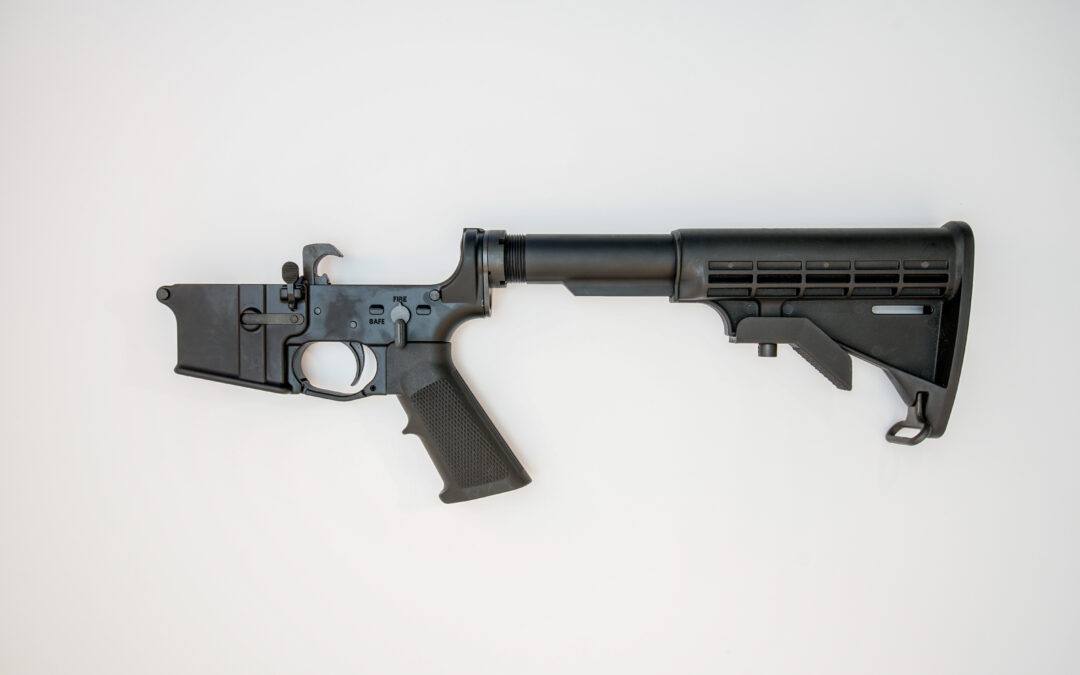The AR-15 is one of the most popular semi-automatic rifles in the United States, renowned for its versatility and customization options. One of the key elements in personalizing your AR-15 to your unique specifications is choosing the right buttstock. Let’s delve into the intricacies of AR-15 buttstocks, breaking down the different types, their functions, and how to choose one that best suits your needs.
Introduction to AR-15 Buttstocks
A buttstock is the part of the firearm that sits against your shoulder when firing. It’s a crucial component in managing recoil and maintaining balance, as well as providing a more comfortable shooting experience. In an AR-15, the buttstock also often houses the buffer and buffer spring, which play key roles in the semi-automatic firing process.

Types of AR-15 Buttstocks
- Fixed Stocks: Fixed stocks are permanently attached to the rifle, providing a stable shooting platform. They’re typically favored by precision shooters and are usually sturdy, heavy, and lack the collapsible feature found in adjustable stocks. The A2 stock is a popular fixed stock, offering an additional compartment for storage.
- Adjustable Stocks: Also known as collapsible stocks, these are preferred for their flexibility and convenience. They can be adjusted to different lengths, allowing for a customizable length of pull (LOP). This is particularly beneficial for shooters of various body sizes, or for those wearing body armor. Adjustable stocks like the M4 or Magpul’s MOE and CTR (Compact/Type Restricted) are popular choices.
- Precision Stocks: Precision or sniper stocks are designed for long-range shooting. They often feature an adjustable cheek riser and length of pull to provide a comfortable and consistent cheek weld. They are typically heavier than standard stocks, aiding in recoil management and stability.
- Skeleton Stocks: Skeleton stocks are minimalist stocks designed to reduce weight. They usually have less material but still provide enough structure for proper shooting form.

Factors to Consider When Choosing an AR-15 Buttstock
- Usage: Your intended usage will significantly influence your buttstock choice. For close-quarters combat or home defense, a collapsible stock might be preferable for its compactness. If your focus is long-range precision shooting, a fixed or precision stock could be a better choice.
- Material: AR-15 buttstocks can be made from a variety of materials, including plastic, polymer, wood, and metal. Your choice will depend on your personal preference, as each material offers different aesthetic appeals, weights, and durability.
- Weight: The weight of the stock can affect the overall balance of your AR-15. Lighter stocks might be preferable for those on the move or carrying the rifle for extended periods, while heavier stocks can provide increased stability when shooting.
- Comfort: Comfort is a personal factor and depends largely on how the stock feels against your shoulder. It can be influenced by the stock’s shape, material, and adjustability.
- Price: Buttstocks can range widely in price, depending on their material, brand, and features. Determine a budget based on your needs and the value the buttstock will add to your shooting experience.

User Preference and Specific Needs
When it comes to customizing an AR-15, the buttstock is a critical component that can significantly impact one’s shooting experience. With various types of stocks available, it is essential to determine what works best for specific needs. The fixed and adjustable buttocks are popular options as they offer enhanced stability and increased accuracy. On the other hand, the precision and skeleton buttstocks offer lightweight and easy maneuverability, making them suitable for more tactical operations. Factors like material, weight, comfort, and price also play a significant role in selecting a buttstock. By carefully examining these factors and considering usage needs, one can identify the right buttstock that will enhance their shooting experience. Ultimately, the choice of a buttstock is a personal one. Therefore, it’s up to the shooter to determine what works best for them and their preference.

